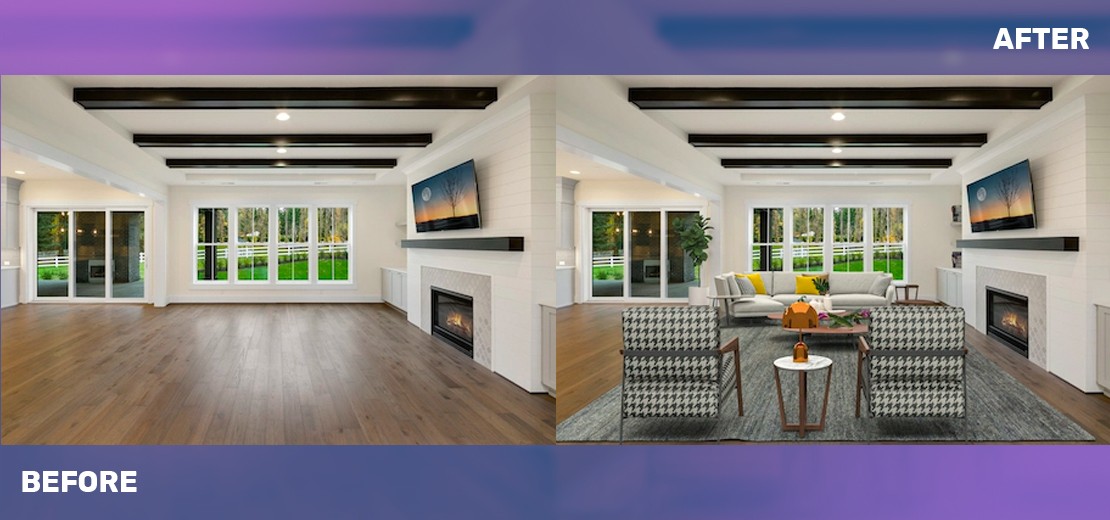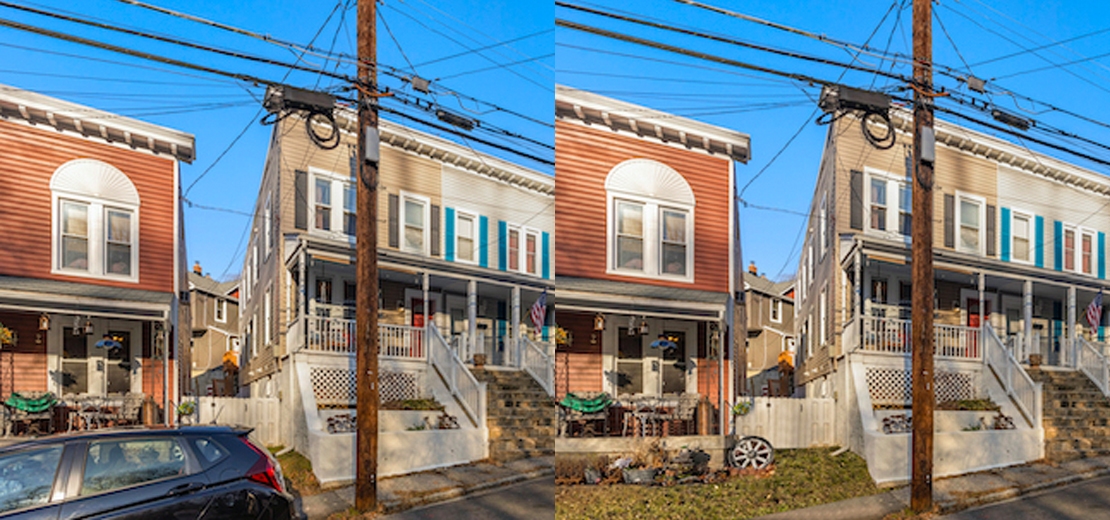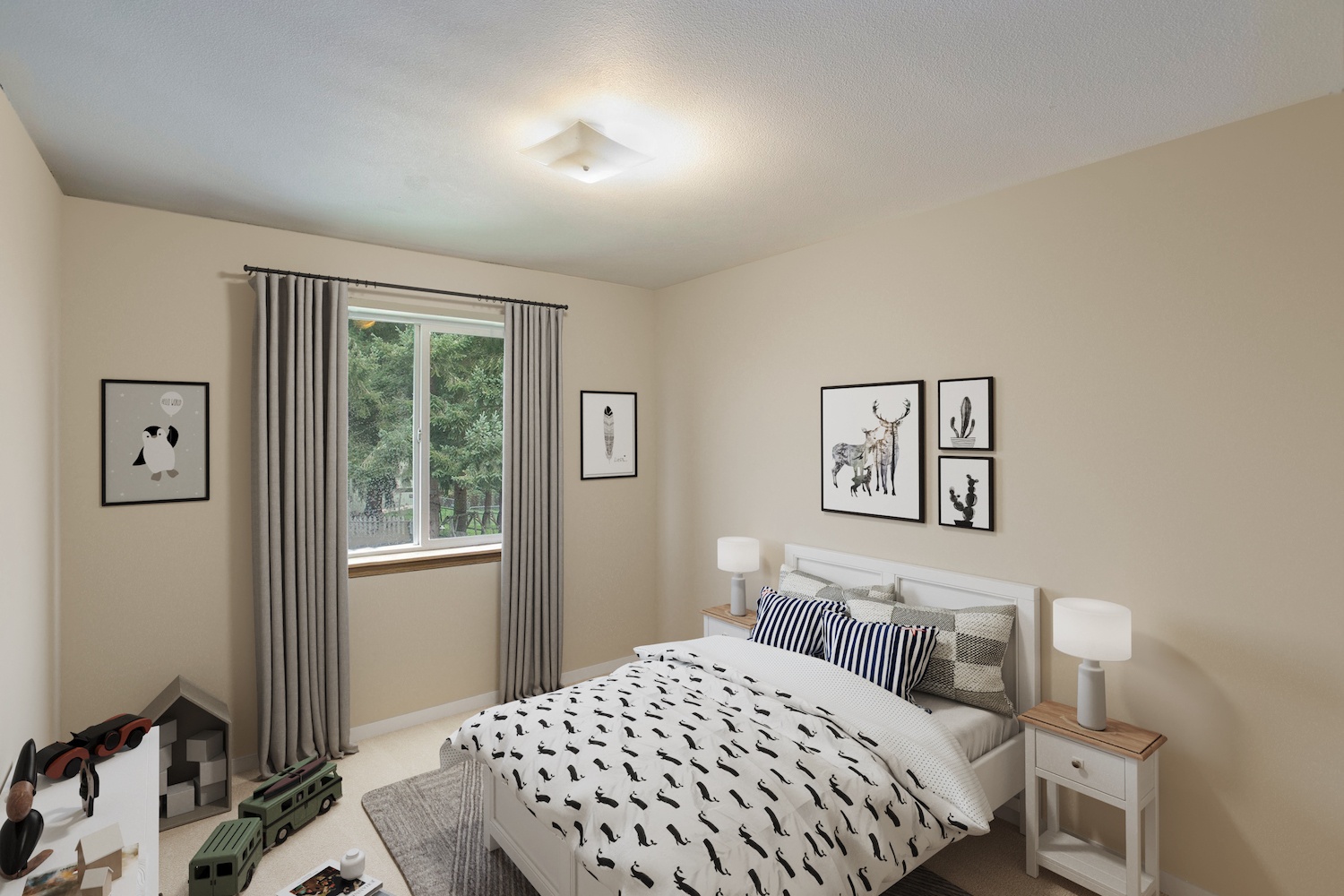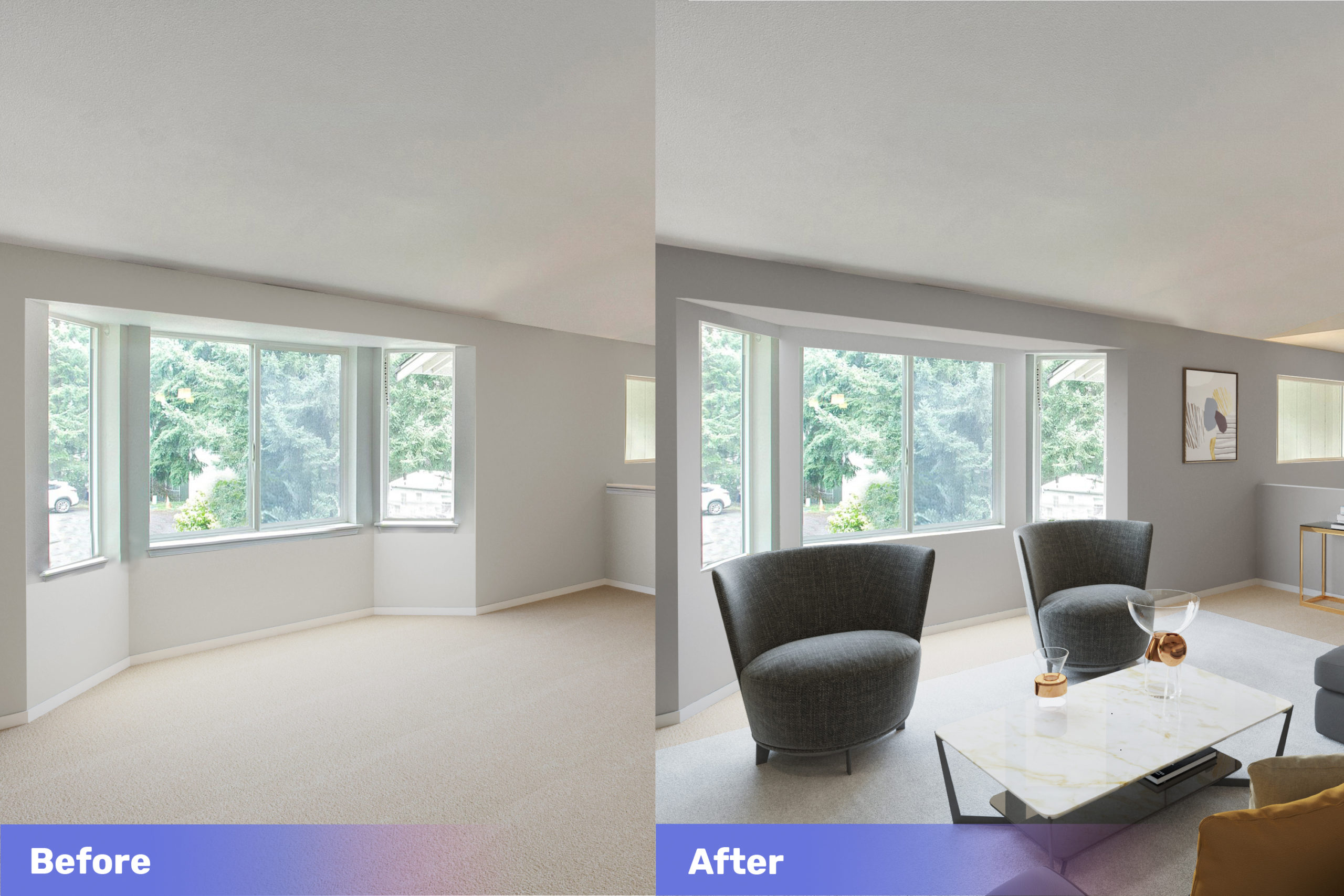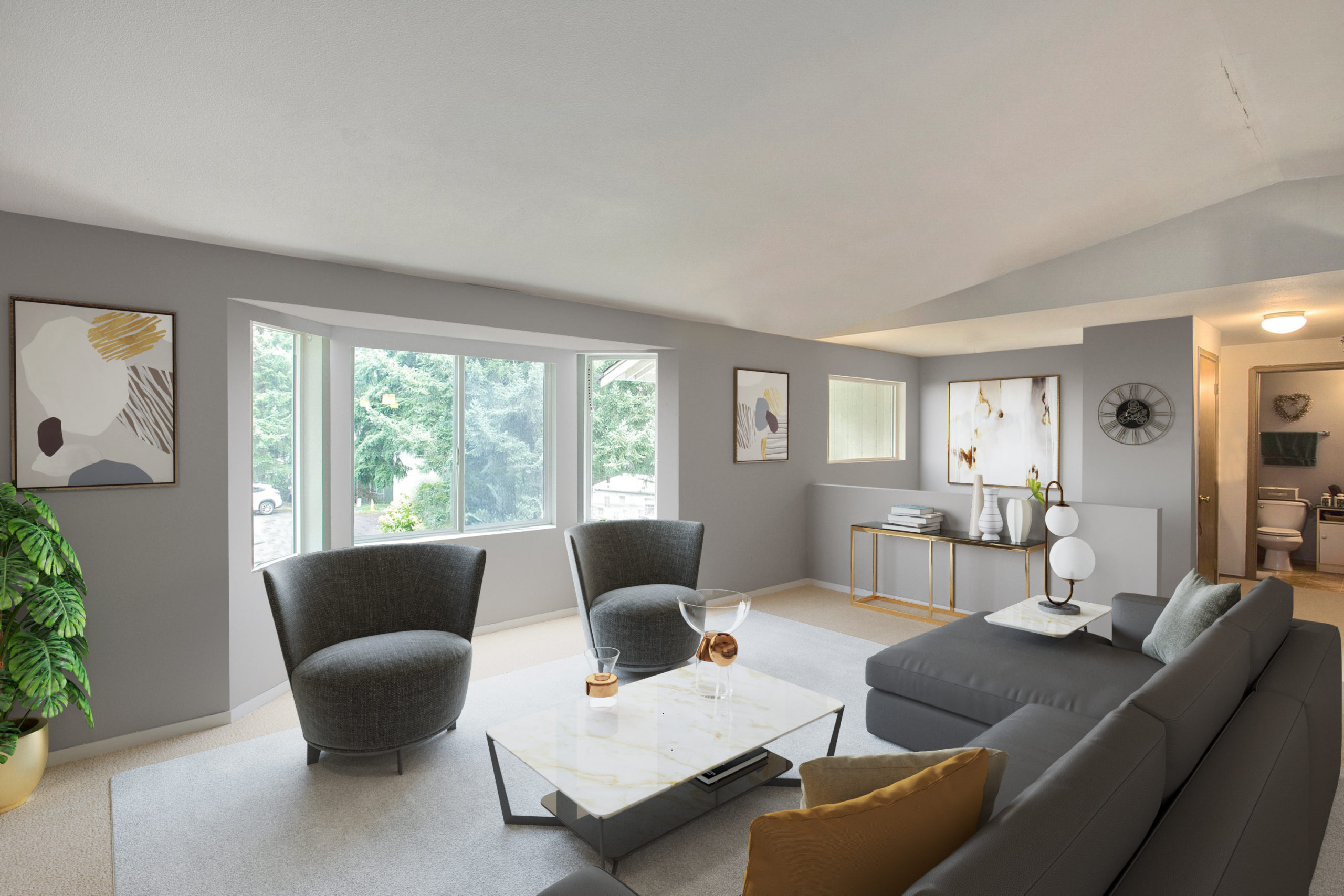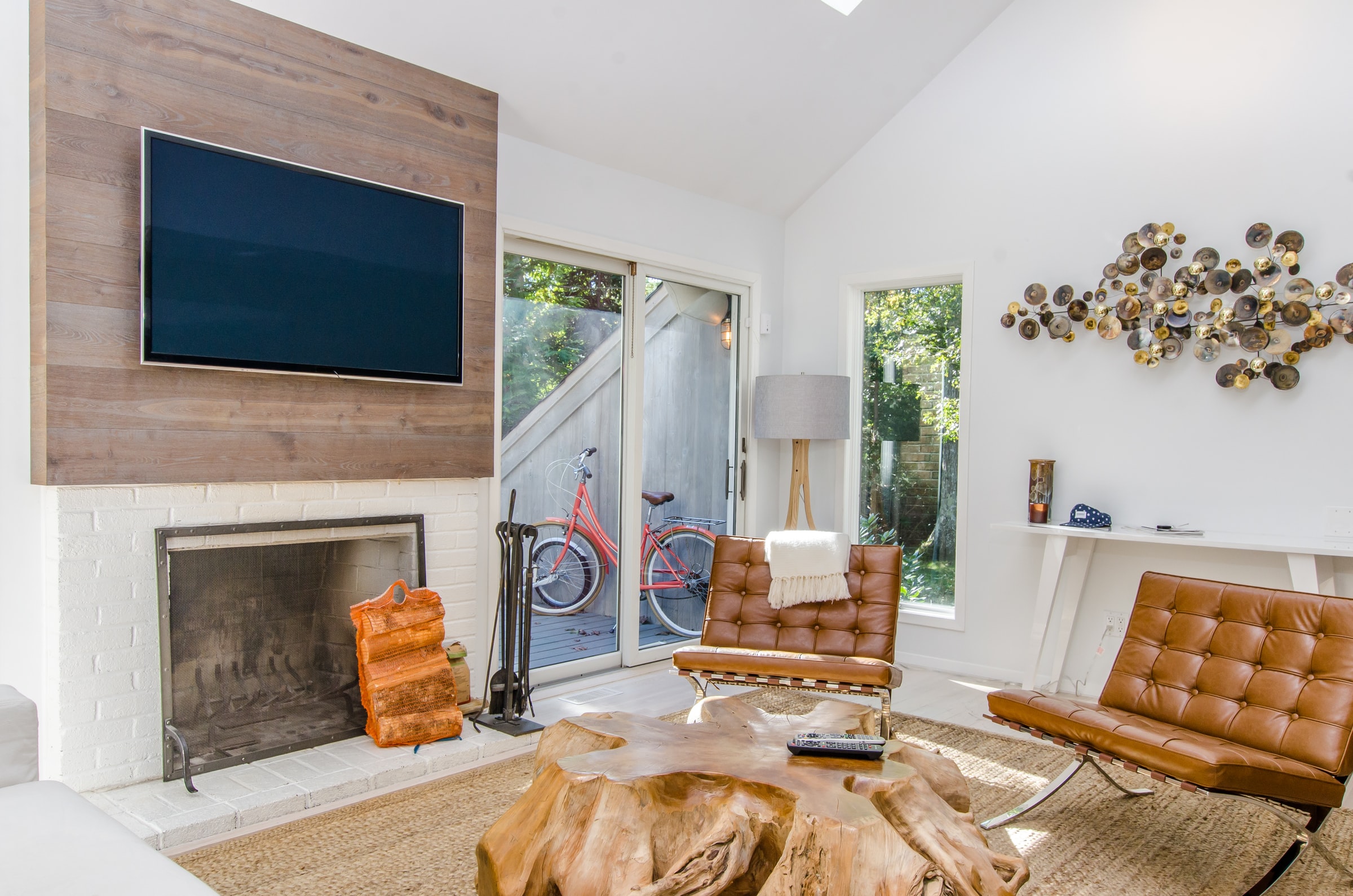2021 is a great year to improve your real estate photography skills and remain competitive. Several real estate photo editing service companies specialize in post-production, but sometimes you may need to do some of them yourself. A high-quality desktop computer is an excellent investment, especially when you have adequate editing skills.
Before you check out the top PCs for real estate editing, you need to know more about the photo editing programs and desktop specifications required to run them.
[lwptoc]Photo Editing Applications for Computers
The primary reason why you should get a desktop is to accommodate your photo editing software. You can use a convenient real estate photo editor on your phone to get the job done. However, you may need to use more intensive editing software for larger photo touchups and image manipulations.
The minimum specifications of your computer will highly depend on the kind of programs you’re planning to run. Here are the minimum specs for Adobe Photoshop that works with any OS (Operating System):
- AMD (Advanced Micro Devices, Inc.) processor or Intel® with 64-bit support;
- 2 GHz or faster with SSE (Streaming SIMD Extensions) 4.2 or later;
- 8GB RAM (Random Access Memory);
- 2GB GPU (Graphics Processing Unit) memory;
- At least 4GB available HDD (Hard Disk Drive) with added installation space needed.
While you can run Photoshop with the minimum specifications on any OS, you will have issues with functions that require more power.
TL;DR: Here are some of the best real estate photo editor PCs in 2021 in no particular order:
Top Real Estate Photo Editing PCs
1. 24-inch iMac (2021)
CPU: 8-core Apple M1 chip
GPU: 7 or 8-core Apple M1 GPU
Storage: 256GB to 2TB SSD
Pros:
- Great new design with seven vibrant colors
- Nice built-in webcam
- Excellent 4.5k Retina screen resolution with anti-glare
- Lightweight
Cons:
- Mac mini better alternative
- Few ports
- 16GB maximum RAM
- SSD upgrades are expensive
You can edit up to 8k videos on heavy video software like Final Cut Pro. However, the RAM limit might inhibit multi-tasking.
2. M900 Lenovo ThinkCentre
CPU: Intel Core i7 Processor
GPU: Up to NVIDIA Quadro K420 2GB DVI (Digital Visual Interface) and DP (Display Port)
Storage: 1TB HDD
Pros:
- Exclusive GPU
- Powerful CPU
- Up to 64GB RAM
Cons:
- Limited ports
Can handle heavy-duty image manipulation with most software that runs on Windows OS. You can expand the RAM up to 64GB.
3. M1 Mac mini (2020)
CPU: 8-Core Apple Silicon M1
GPU: 8-Core M1 GPU
Storage: 2TB SSD
Pros:
- New M1 hardware
- Minimalist aesthetic
- High-performance Machine Learning
- Small and compact design
Cons:
- eGPU incompatible
- 16GB RAM limit
- Two thunderbolt ports
- Separate peripherals
Suitable for photo editing but less expendable than other desktops.
4. 28-inch Microsoft Surface Studio 2
CPU: Intel® Core™ i7-7820HQ
GPU: GTX 1060 6GB or GTX 1070 8GB NVIDIA® GeForce®
Storage: 1TB or 2TB SSD
Pros:
- Powerful and intuitive system
- Surface pen
- Top-notch and one-of-a-kind technology
- High resolution
Cons:
- Expensive
- 32GB RAM limit
If you are doing a professional real estate photo editing service, you can edit 2D and 3D images.
5. HP Pavilion Wave
CPU: Intel® Core i3-6100T or i5-6300T processor
GPU: AMD Radeon R9 M470
Storage: 1TB HDD
Pros:
- Stylish and unique cylindrical form
- Practical and clever audio solution
Cons:
- No visible audio port
- Unflattering specs
- 16GB RAM limit
The HP Pavilion Wave acts more like an entertainment hub than a PC, but it can still function with graphics editing software.
Final Thoughts
Real estate editing is one of the most in-demand skills in 2021, and you need an excellent computer to handle complex information and illustrations. Ensure that you check the software specifications you want to use, as most real estate graphic applications have different requirements.

